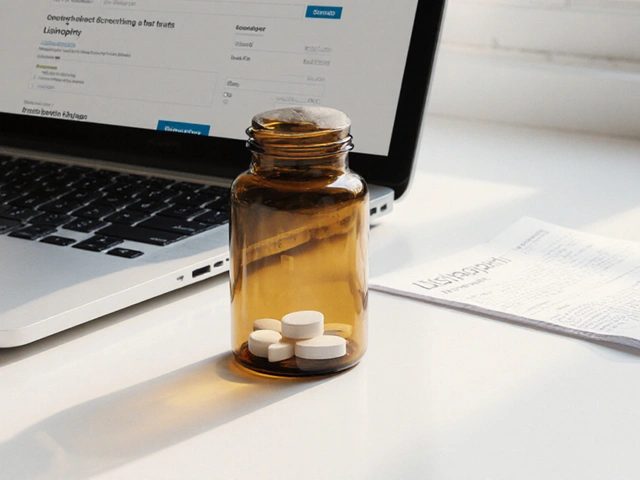Dosage: How to Pick the Right Amount for Your Medicine or Supplement
Ever wondered why the bottle says "Take one tablet twice daily" while the doctor told you something else? Getting the right dosage is the difference between a treatment that works and one that causes side effects. In this guide we break down why dosage matters, how to figure out the perfect amount for you, and a few real‑world examples you might have seen on MedsEngage.
Why getting the right dosage matters
Every drug or supplement has a sweet spot – a dose that’s high enough to give the benefit you need but low enough to keep you safe. Too little and the condition might not improve; too much and you risk toxicity, stomach upset, or even serious reactions. For prescription meds like Biaxin (clarithromycin) or antidepressants such as Celexa, the therapeutic range is tightly controlled because the body processes them in specific ways. Even natural products like Alpine Lady's Mantle or tansy have active compounds that can overwhelm your system if you overdo them.
Besides safety, the right dose can affect how quickly you see results. Some antibiotics, for example, need a high enough level in the blood to kill bacteria before they become resistant. Supplements, on the other hand, often work gradually, so sticking to the recommended daily amount helps you track progress without guessing.
Practical steps to calculate your dosage
1. Read the label and prescription. The first clue is always on the label or your doctor’s note. Look for the amount per tablet, capsule, or milliliter and the frequency (once, twice, etc.). If anything is unclear, call the pharmacy.
2. Check your weight and age. Many dosing charts adjust for body weight, especially for kids or people under 50 kg. For example, the safe dosage of tansy is often quoted as 1‑2 mg per kilogram of body weight. Use a simple calculator: weight (kg) × recommended mg/kg = total daily mg.
3. Consider your kidney and liver health. Organs that filter drugs can slow down clearance, meaning you may need a lower dose. If you have a condition like chronic kidney disease, ask your doctor for a reduced schedule.
4. Look for loading vs. maintenance doses. Some meds start with a higher “loading” dose to jump‑start therapy (e.g., certain antibiotics) and then drop to a maintenance dose. Missed steps can cause under‑ or over‑dosing.
5. Use tools and tables. MedsEngage’s articles often provide dosage tables. The “Tansy Safe Dosage” post gives a clear chart for adults versus children. The “Biaxin Uses, Dosages, and Side Effects” article lists exact milligram amounts for common infections.
6. Don’t mix supplements without checking. Combining Alpine Lady's Mantle with other adaptogens might increase the overall effect. If the supplement label says 500 mg twice daily, stick to that unless a health professional says otherwise.
7. Track how you feel. If you notice nausea, dizziness, or no improvement after a few days, note it and talk to your prescriber. Adjustments are normal, but they should be guided by a professional.
Remember, the goal isn’t to guess but to follow evidence‑based guidance. When you’re unsure, a quick call to your pharmacist can save you a lot of hassle.
In short, the right dosage is a mix of label instructions, personal factors, and professional advice. Keep these steps handy, double‑check any new medication, and you’ll stay on the safe side while getting the benefits you need.
Florinef (Fludrocortisone) Guide: Uses, Dosage, Side Effects & Safety Tips
A clear, up‑to‑date guide on Florinef covering what it treats, how to dose it, common side effects, drug interactions and monitoring tips for patients and caregivers.
About
Medications
Latest Posts


How Darifenacin Helps in Managing Overactive Bladder Symptoms
By Marcel Kornblum Nov 18, 2025

Buy Cheap Generic Clomid Online - Affordable Fertility Treatment
By Marcel Kornblum Oct 7, 2025

Buy Cialis Black Online: Secure and Fast Delivery Options
By Marcel Kornblum Dec 8, 2023

